It’s an acoustic guitar, isn’t it?
You might think that an acoustic guitar is just a slag of wood with a hole in the centre of it. With a few edges and curves. It’s not like electric guitars; where there are different combination of guitar, amplifier and effects. That provides the player with the ability to create a sound of their own. You might also think that acoustic guitar is a simple guitar and all of them sound the same.
Nope. You’re wrong.
In this mini guide of acoustic guitar body types, we will aim to show you some of the key differences in size, shape, sound and fitness between the major guitar variations. We’ll look at some of the better-known types of body history and make recommendations based on the sound you’re going for and the style you’re playing in. So, whether you’re a like big and large guitars, or a person with small hands, we have you covered.
DREADNOUGHT
Starting with the most famous, the acoustic guitar world’s poster-boy, makes sense. It’s the first thing non-players imagine when they’re thinking about an acoustic guitar, and it’s one of the most versatile instruments you can pick up. We mean that in a variety of musical settings and genres, from rock to folk, indie to punk, it’s just as much at home.
This kind of guitar is named after an old English warship. As it features rounded shoulders, and around the 14th fret, the neck typically joins the body. The dreaded player strikes the most even balance between volume, size and playability, and that’s why almost every famous guitarist has used it.
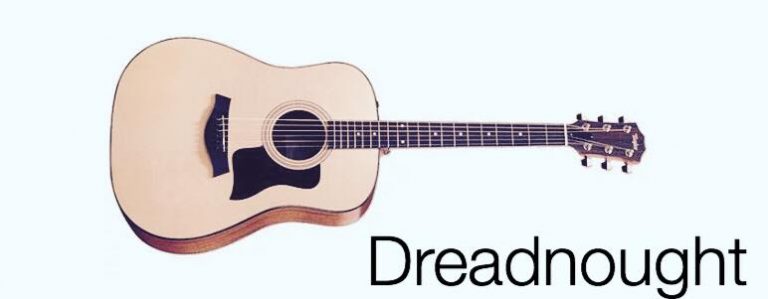
ROUND-SHOULDER DREADNOUGHT
Now lets take a look at another popular variant of dreadnoughts. Since these guitars are so popular, the manufactures made a them in quite a few sizes. So, everyone could find a perfect one for them.
Both of these variants are pretty popular and distinguishable. As this variant has a much rounder shoulder. These guitars were mainly used by the Beatles and they had a pretty big hand in their success.
When it comes to recommending this particular shape, it is difficult to look beyond the original and classic Gibson J-45. Players love the J-45 because of its gentle, subtle tone with lovely high-notes singing and fixed mid-range.
Due to its reliability and quality guarantee, it quickly acquired the name moniker ‘ the workhorse ‘ after its release. And that has still not diminished till now.
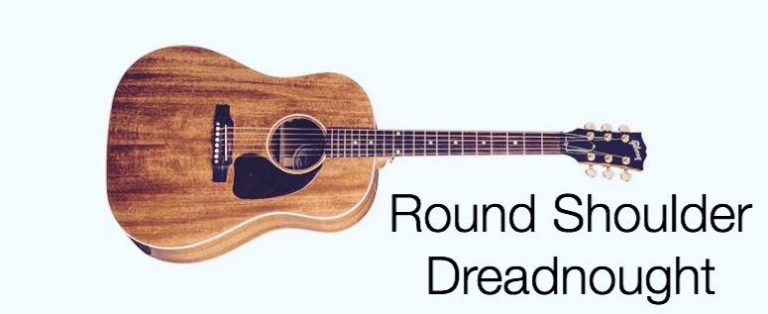
CLASSICAL GUITARS
We also have another celebrity guitar in our list. Though we would wager because of the ‘ first ‘ guitar being a lot of players. We saw them all. The small-scale nylon-strung acoustics that many of us gain early access to. As you progress, you learn that these guitars are not sent to test our commitment to the cause, but that they can be incredibly complex, highly technical in the right hands.
Classical guitars were originally developed in Spain. Therefore, the usual flamenco style is closely linked with classical guitars.
These guitars are normally smaller which enables them distinct play style adopted by some of the older players,
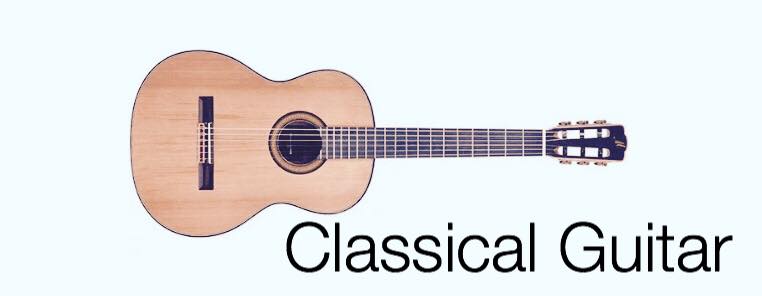
TRAVEL GUITARS
In the realm of acoustic guitars in the relatively modern innovation; the acoustic’ baby.’ As usual, with these particular guitars, Martin and Taylor has carried the way effectively. These type of guitars are smaller and compact, therefore they are easier to travel with them.
It was noticed in Ed Sheeran’s hands was a huge shot in the arm for the acoustic small body market, and guitarists are now picking them up as their main guitars as they are as easy to play at home and taken to a concert.
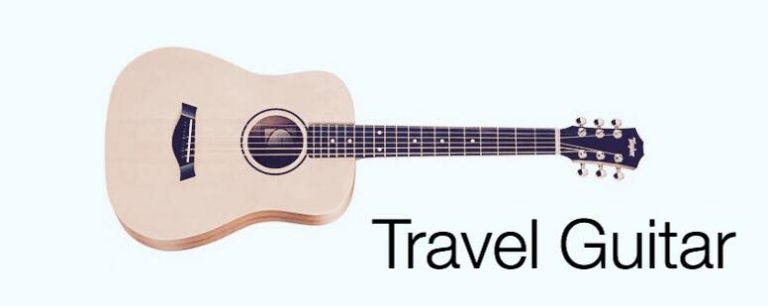
AUDITORIUM
Another creation by Martin, the 000-shape guitar between a dreadnought and a parlour is almost the perfect halfway house. It sat comfortably on the knee with its classic hourglass figure, endearing it with folk players and other fingerpicking-heavy music styles. The shape ensured that it had the perfect balance between play and comfort, and on the lap of no less a player than Eric Clapton was often seen. However, when the occasion called, it wasn’t averse to a bit of heavy strumming, and it’s a big bottom end that made it possible to keep pace when playing with others.
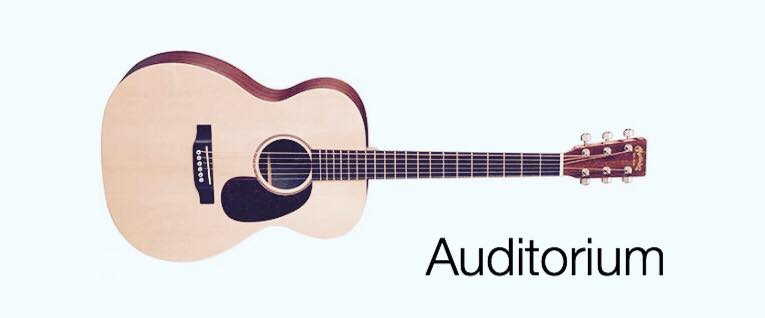
GRAND AUDITORIUM
It seems strange that we have so far entered an article on acoustic guitars without mentioning this world’s ‘ other ‘ big name; Taylor. Since 1974, the American company has duked it out with Martin for the title of top dog in the acoustic guitar world, and has developed a few unique iterations along the way.
Nowadays, as examples of Taylor leading the way in acoustic guitar innovation, you could point to the GS Mini and Big Baby, but back in the day it was the Grand Auditorium style that put them on the map.
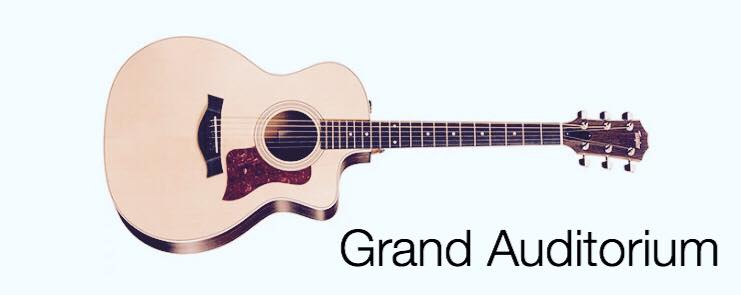
PARLOUR
A shape called the parlour sits at the other end of the extreme size. Parlour acoustics are among the smallest in body size that you can buy – not counting the modern ‘ baby ‘ guitars – and are typically favored by low-key, less brash musical styles like folk and indie players. Again, the distinctive shrunken body shape of the guitar is another invention of the CF Martin guitar house.
The ‘ shoulders ‘ of the guitar – where the body meets the neck joint – will usually be slightly more sloping than you would see in a classic acoustic dreadnought, while the body base will also be narrower than larger guitars. All of which makes playing experience more comfortable and less physically intrusive.
Another obvious advantage of this is parlour guitar portability.
Their relatively smaller form factor means that they lend themselves well to being slung in a case and carted off to less troubled gigs than, for example, an acoustic jumbo-sized.
As a precedent, Ian Anderson, frontman of eccentric British prog-rockers Jethro Tull, is one of the best-known users of a parlour acoustic. The smaller guitar here made it possible for Mr Anderson to sling it off his shoulders, often mid-song, to embark on a flute solo or child-scaring marathon of facial contortion. Therefore, if that is what you want, we would suggest you this.
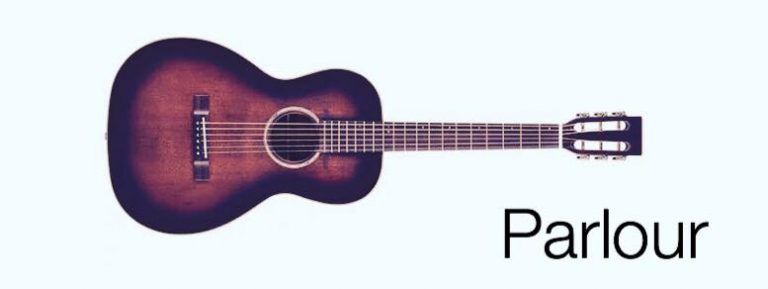
JUMBO
Again, we traverse the limits of guitar body sizes; from the sleek shapes of the parlour to the rather obviously called jumbo-sized acoustics. If dreadnoughts are the poster-boys and the waif-like supermodels are parlouring, then jumbo acoustics are the plus-size, brash, loud ones that just want fun. You probably saw jumbo-sized acoustics in Noel Gallagher’s or Bob Dylan’s hands.
First released in 1937 was the original jumbo acoustic, the Gibson J2000. Players, especially rhythm, quickly took it because of its deep bass sound, which was the perfect complement to the more twisted lead styles that other shapes could achieve. Simply put, jumbos are playing well with others.
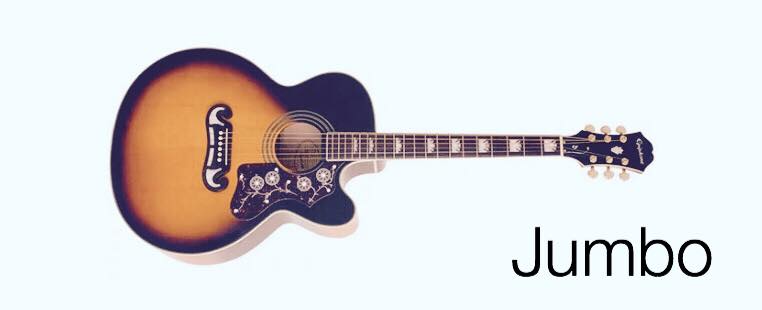
Ending Note
Ultimately, you might have figured out that acoustic guitars are not just wood slabs. One of them is the same as the other. Everyone has their own characteristics. Some are going to be major in comfort, while others are going down the pure volume path flat-out. Whatever it is, Mozzki has the entire range of acoustic guitar body types and can help you choose the right size and style for you.